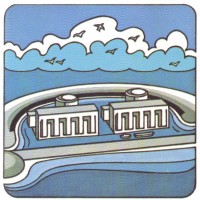 Recent announcements and news stories about a Russian project to build a floating and essentially portable nuclear power plant have been variously tabbed with the heading "new." The idea of a floating, mobile nuclear plant (which is not self-propelled and not a ship) is indeed not new-the nuclear barge STURGIS, itself a converted Liberty Ship, served as a power source for the Panama Canal for many years, beginning back in 1967. The new Russian plants bring extra excitement because they are classed, properly, in the now-popular small modular reactor plant category, having been based on true seagoing designs. This, of course, hints at the fact that their output will not approach that of any of the large, conventional nuclear plants familiar today.
Recent announcements and news stories about a Russian project to build a floating and essentially portable nuclear power plant have been variously tabbed with the heading "new." The idea of a floating, mobile nuclear plant (which is not self-propelled and not a ship) is indeed not new-the nuclear barge STURGIS, itself a converted Liberty Ship, served as a power source for the Panama Canal for many years, beginning back in 1967. The new Russian plants bring extra excitement because they are classed, properly, in the now-popular small modular reactor plant category, having been based on true seagoing designs. This, of course, hints at the fact that their output will not approach that of any of the large, conventional nuclear plants familiar today.
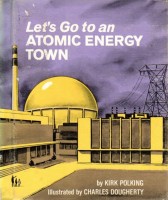 In the 1960s, visions for nuclear power were hopeful and plentiful; nuclear plants of all sorts imaginable* were under consideration and under construction in areas both urban and remote, while future plans portrayed an enormous nuclear plant build-out with a complete fuel cycle that included fuel recycling and breeder reactors.
In the 1960s, visions for nuclear power were hopeful and plentiful; nuclear plants of all sorts imaginable* were under consideration and under construction in areas both urban and remote, while future plans portrayed an enormous nuclear plant build-out with a complete fuel cycle that included fuel recycling and breeder reactors.

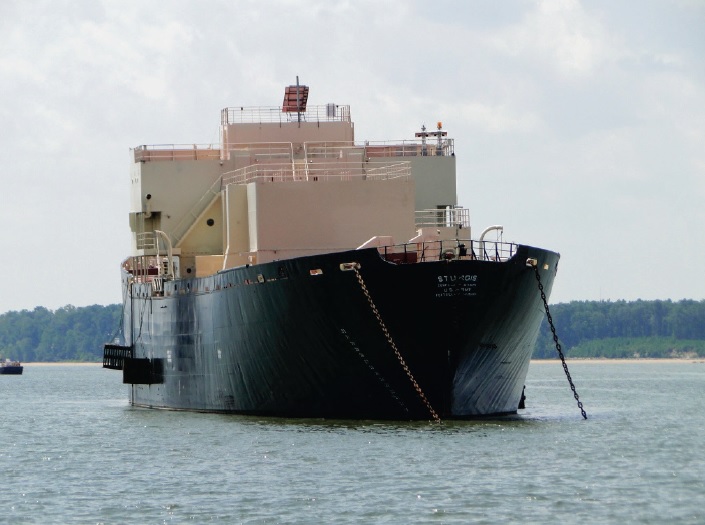
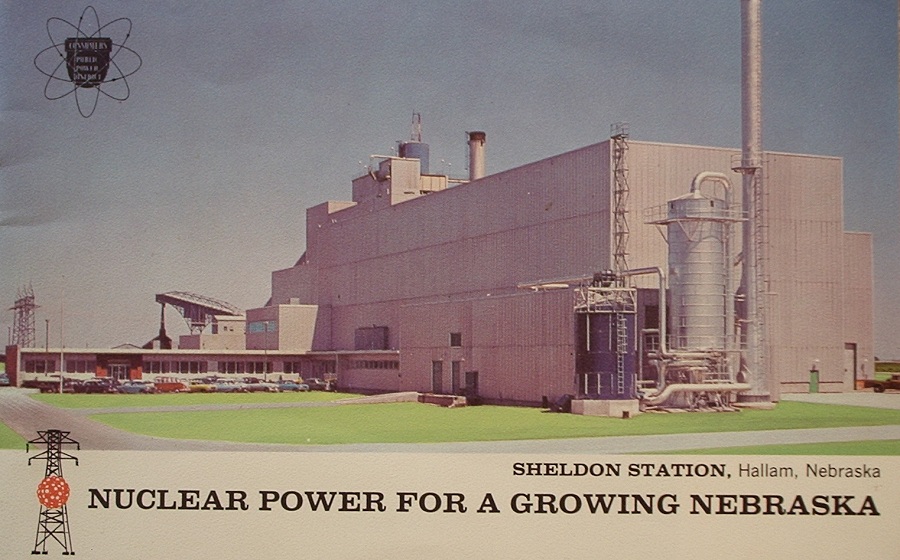
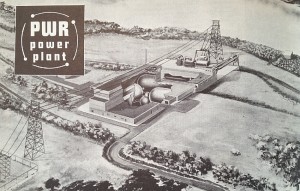
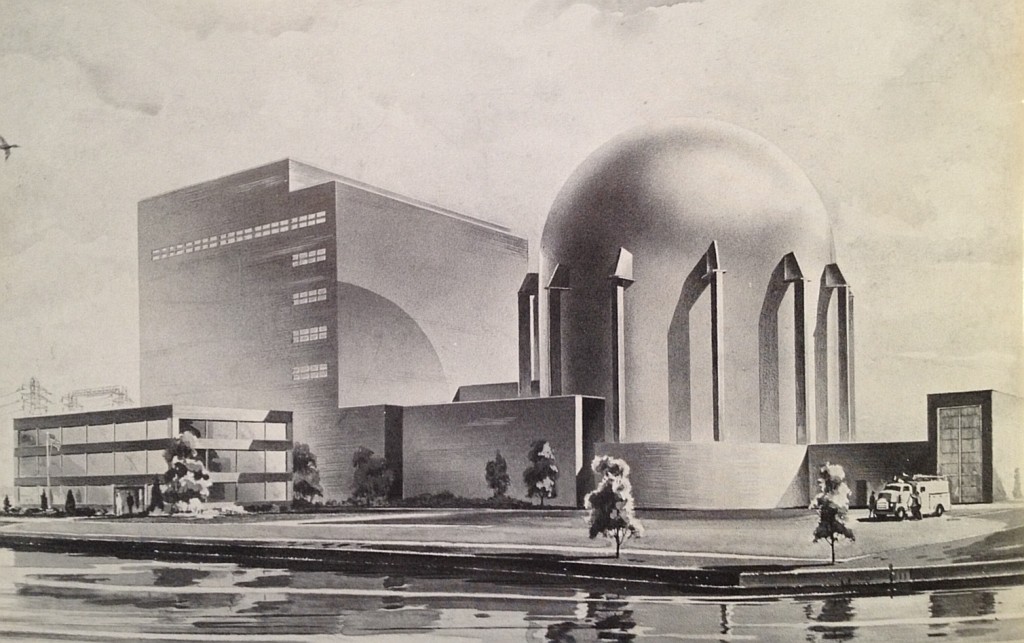
 On September 12, 1933, slightly more than 80 years ago,
On September 12, 1933, slightly more than 80 years ago,  Shortly after 11 a.m. on Tuesday, May 7, 2013, the operators at Dominion Resources' Kewaunee nuclear power plant opened its output breaker, disconnecting the turbine generator from the grid for the last time after just under 40 years of operation. Shutdown of the reactor followed, and the plant entered what for some is an uncertain (even if pre-ordained) future-a long-term storage period, followed eventually after many years by the complete dismantling and removal of the plant.
Shortly after 11 a.m. on Tuesday, May 7, 2013, the operators at Dominion Resources' Kewaunee nuclear power plant opened its output breaker, disconnecting the turbine generator from the grid for the last time after just under 40 years of operation. Shutdown of the reactor followed, and the plant entered what for some is an uncertain (even if pre-ordained) future-a long-term storage period, followed eventually after many years by the complete dismantling and removal of the plant.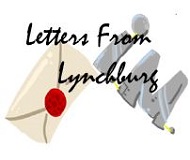 On Sunday, March 31, 2013, just a few months before his 91st birthday, Ted Rockwell passed away quietly in his sleep. His passing has stimulated a profound sense of loss among nuclear energy professionals.
On Sunday, March 31, 2013, just a few months before his 91st birthday, Ted Rockwell passed away quietly in his sleep. His passing has stimulated a profound sense of loss among nuclear energy professionals.